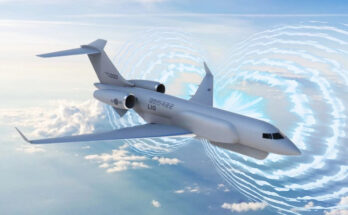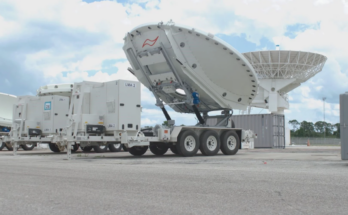Some of the best anti‑submarine warfare systems available today tend to act from above rather than below. Whether they are shore-based, long-range maritime patrol aircraft or ship-based, short‑range helicopters, aircraft form the primary means of defense against a submarine attack and are the key weapon in an offensive against enemy submarine forces. They therefore offer an ASW operator a synergistic range of capabilities and tactical options.

Dipping sonar systems are normally deployed from helicopters hovering over a specific point. The operational mode is to dip the sonar at that point, either listen for sound signatures or emit active pings, analyze the response, and then move to the next promising location. Dipping sonars function in a manner similar to their shipboard equivalents, but the active mode can be used more freely since few submarines have the ability to fire on a helicopter. (Surface ships hunting submarines with active sonar tend to be “sitting ducks.”)
Quintessential to this type of sonar equipment is the provision of datalinks so that range and bearing information can be exchanged with other ships and helicopters when conducting coordinated attacks. Dipping sonar operations are supported by bathythermographs for recording water depth and temperature and determining layer depth and acoustic characteristics. The display system shows a temperature/depth profile from the unit’s bathythermograph. Target indication is provided by a Doppler display showing initial target detection. This system also indicates the probability of the contact being a submarine.
Variations of dipping sonar technology include side‑scan systems mounted on a towed sled. These were originally developed for minesweeping operations and are now used for bottom mapping, wreck recovery, and a variety of other purposes. Another development uses a dipping sonar for minehunting. In this configuration, the helicopter uses its dipping sonar to quickly check a suspect area for moored or bottom mines and then shifts frequency to localize and image any suspect objects. Anything that is mine-like can then be neutralized using divers or expendable munitions.
For more than 30 years, Richard has performed numerous roles as a top analyst for Forecast International. Currently, Richard is the Group Leader and Lead Analyst for Forecast International's Traditional Defense Systems, which covers all aspects of naval warfare, military vehicles, ordnance and munitions, missiles, and unmanned vehicles.
Having previously been Forecast International's Electronics Group Leader for 20-plus years, Richard established Electro-Optical Systems Forecast, as well as having been the prime editor of Electronic Systems Forecast, Land & Sea-Based Electronics Forecast, and C4I Forecast. Additionally, Richard has served as the Naval Systems Group Leader responsible for Anti-Submarine Warfare Forecast andWarships Forecast.





